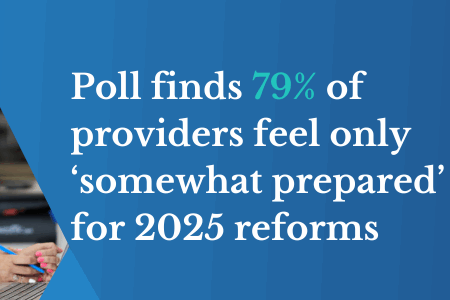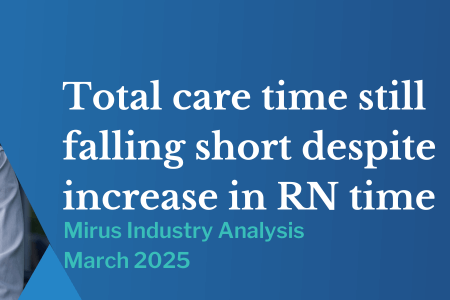Sustaining our carer network
October 22, 2015 | Aged Care Management

As McCrindle Research has shown in the past, aged care in Australia is a difficult puzzle, and one that could prove quite difficult to solve.
Over the past few decades, the ratio of workers to retired couples has continued to drop, and the organisation predicts that we’ll have just five workers per retired couple in 2050. It’s certainly a worrying statistic, especially when you consider that we had 15 workers per retired couple in 1970.
Over the past few decades, the ratio of workers to retired couples has continued to drop.
There’s another issue that could certainly prove debilitating to Australia, however, the question of who will provide care for our carers?
A leading body comes forward
Recently, Alzheimer’s Australia came forward with a release regarding National Carers Week, the event that started on 15 October this year. The body explained that there are currently around 1.2 million Australians caring for a friend or relative with dementia. The issue here is that with the number of elderly Australians growing, and the number of dementia patients rising in turn, we’re going to see a shortage in both paid and unpaid carers.
Come 2029, it’s expected that we could see a shortage of over 150,000. It’s no small number, and a potential serious issue for Australia.
“If we want people with dementia to remain at home and connected to their communities for as long as possible, we need more support and services for carers to reduce some of the negative impacts including social isolation, increased poverty, illness and carer burn-out,” Alzheimer’s Australia CEO Carol Bennett explained.
Analysing the solutions
Carers Australia released a report that explained around 12 per cent of all working Australians are carers, meaning around 2.7 million people out of the entire population.
“With the proportion of Australia’s population aged over 65 years continuing to increase, Australia will soon reach the ‘tipping point’ for care, when there are likely to be fewer informal carers relative to the growing older population,” the paper noted.
The organisation noted that in order to keep these critical staff engaged as our population demands climb, it’s going to be necessary to consider options such as flexible workplace provisions, as a way of fostering a productive and effective workforce.
In many regards, dementia could be called just one part of the larger Australian aged care puzzle, to be looped in with issues regarding financial sustainability and appropriate care. If the puzzle is to be solved, however, Australia will need to take action sooner rather than later.


